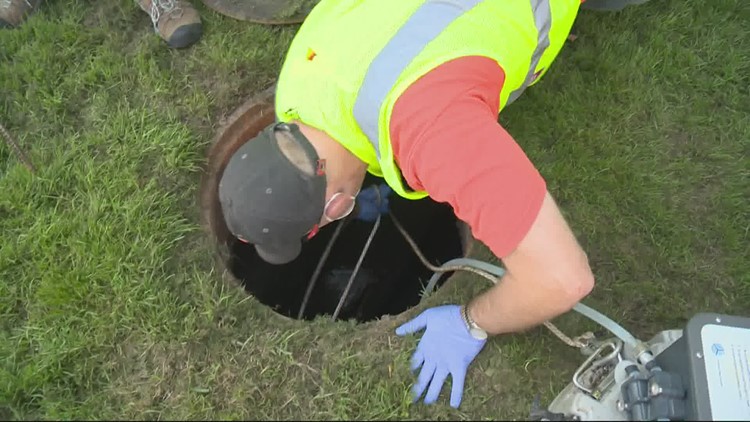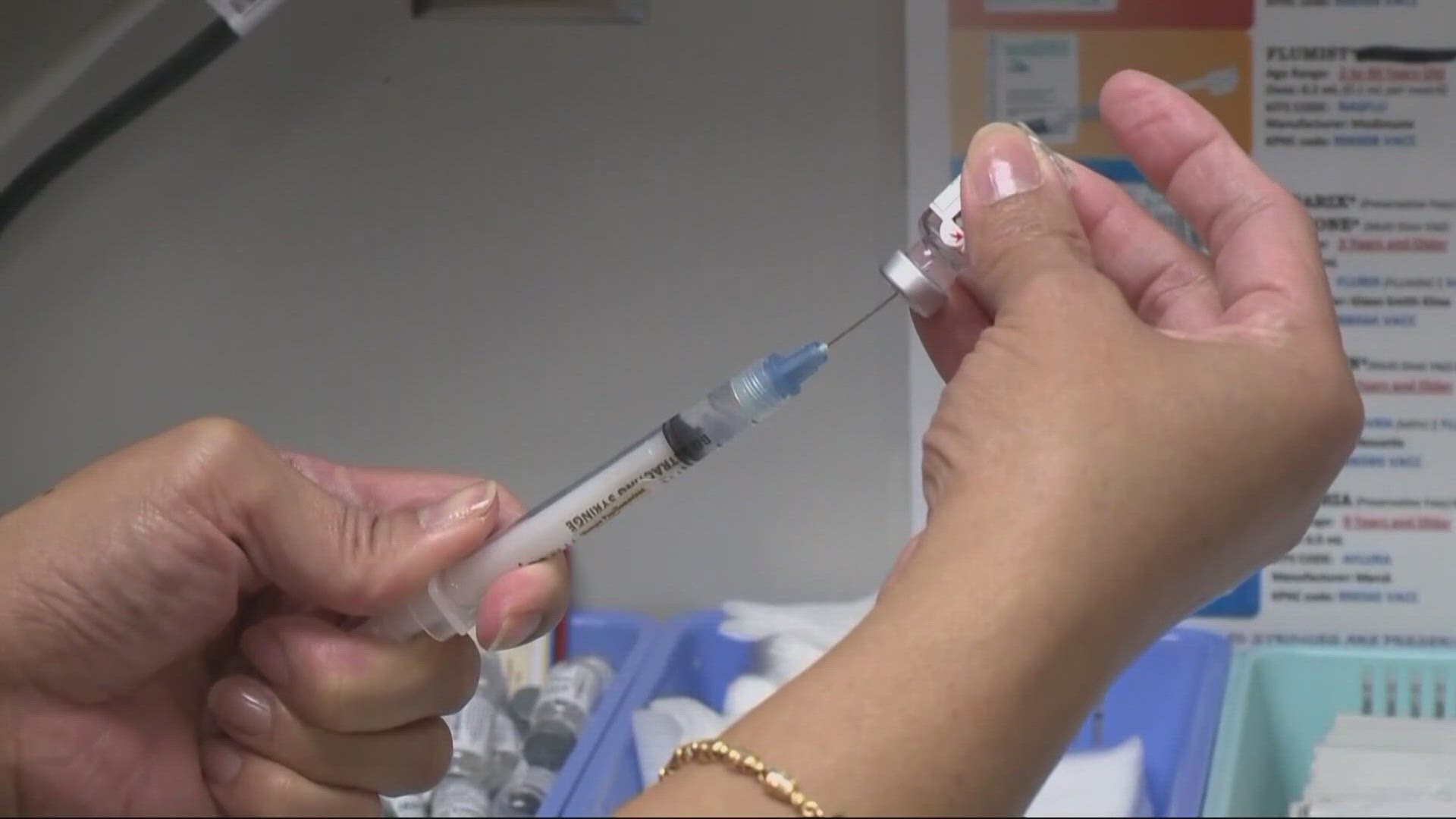PORTLAND, Ore — An extra-contagious version of the omicron variant that is fueling COVID-19 surges in parts of Europe and Asia has been found in the wastewater of some Oregon communities.
The Oregonian/OregonLive reports that Oregon State University collected samples from more than 40 wastewater plants statewide, providing officials with measures of how much virus is in a community and the particular variants of the virus. Based on the collection in early March the omicron subvariant has been found in at least four communities
But Dr. Melissa Sutton, the Oregon Health Authority’s medical director for respiratory viral diseases, said the findings don’t guarantee another severe surge. Sutton, who is working with Oregon State University analysts, pointed to existing immunity among Oregonians due to vaccinations or from infections during the recent omicron surge.
In addition, officials announced on Wednesday that the Oregon Health Authority’s COVID-19 daily data update dashboard and variants dashboard now specify the omicron BA.2 subvariant separately from the other omicron subvariants. This includes the total people who tested positive for the variant.
Much remains unknown about the delta-omicron hybrid. Although there’s no evidence it causes more severe disease, scientists say it’s about 30% more contagious than the original omicron.
Experts in the U.S. are keeping a close eye on the variant, saying that although it doesn’t pose much of a threat right now it is likely the country will see an uptick in cases caused by the variant in the next few weeks.
“It’s inevitable we will see a BA.2 wave here,” Dr. Eric Topol, head of Scripps Research Translational Institute, told The Associated Press this week.
While data shows that BA.2 is not the dominant variant in Oregon, that could change — given that state’s pandemic trends have generally lagged the rest of the country by several weeks, Sutton said.
Nearby, in Washington, officials say the subvariant accounts for about one-fourth of COVID-19 cases in the state.
Nationally, the subvariant accounts for nearly 35% of COVID-19 cases, the Centers for Disease Control and Prevention reported Tuesday.
Oregon, like other states, scaled back or dropped most COVID-19 precautions this month as a wintertime surge in cases fueled by the omicron variant subsided. That included getting rid of mandatory masks for students and teachers in schools.
While cases and hospitalizations have drastically decreased in Oregon and continue to decline, the health authority did announce that the state surpassed a grim milestone this week — surpassing 7,000 coronavirus-related deaths since the start of the pandemic.
“We again are reminded that COVID-19 continues to impact families and communities in Oregon," said Dean Sidelinger, the state epidemiologist. "And we recognize each person represents a tremendous loss to those closest to them.”



